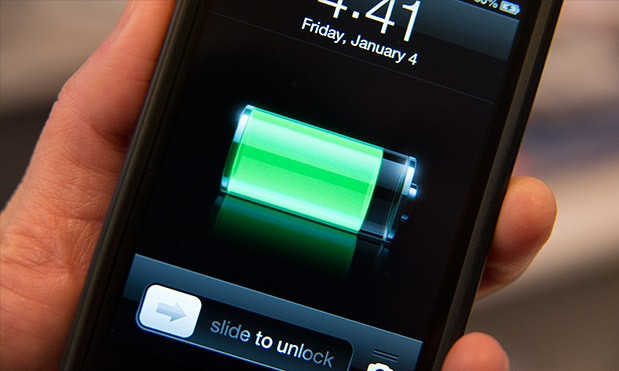Scientists develop ultrafast aluminium-ion battery that charges smartphones in under one minute

In a major breakthrough in smartphone charging technology, a new aluminium-ion battery which claims to charge up fully in under a minute has been developed by researchers at America's Stanford University.
In a report, Hongjie Dai, professor of Chemistry at Standford University states that the battery is capable of going beyond conventional alkaline and lithium-ion (Li-Ion) batteries.
"We have developed a rechargeable aluminium battery that may replace existing storage devices, such as alkaline batteries, which are bad for the environment, and lithium-ion batteries, which occasionally burst into flames", states Stanford Hongjie Dai. The report describes the aluminium battery as "ultrafast rechargeable".
Another key aspect about Stanford's new aluminium-ion battery is that the hardware promises to keep itself insulated and will not be prone to sudden bursts like in traditional Li-ion counterparts.
Comparatively more durable, boon to smartphone users
Stanford University researchers, while conducting charge-discharge cycle tests on the newly developed aluminium batteries, determined that the latter was able to withstand more than 7,500 charge-discharge cycles which is superior when compared to conventional Li-ion batteries that can survive only 1,000 cycles.
The above factor could potentially herald rapidly charging smartphones, as it is a well-known fact that ordinary Li-ion smartphone batteries take at least a couple of hours to get completely charged up.
Composition of aluminium-ion batteries developed at Stanford
An aluminium-ion battery consists of two electrodes: a negatively charged anode made of aluminium and a positively charged cathode.
"Lithium batteries can go off in an unpredictable manner – in the air, the car or in your pocket. Besides safety, we have achieved major breakthroughs in aluminium battery performance", added Hongjie Dai.
Apart from use in smartphones, researchers state that the aluminium-ion battery can be used to store renewable energy on electrical grids thus potentially expanding the battery's application to larger horizons.
Finally, the latest aluminium-ion battery was found to generate 2V of electric charge, which by comparison is less than the minimum 3.6V of charge generated by a lithium-ion battery.
However, researchers state that by improving the cathode material, it is practically possible to increase the voltage and energy density of the aluminium-ion battery.
© Copyright IBTimes 2025. All rights reserved.




















